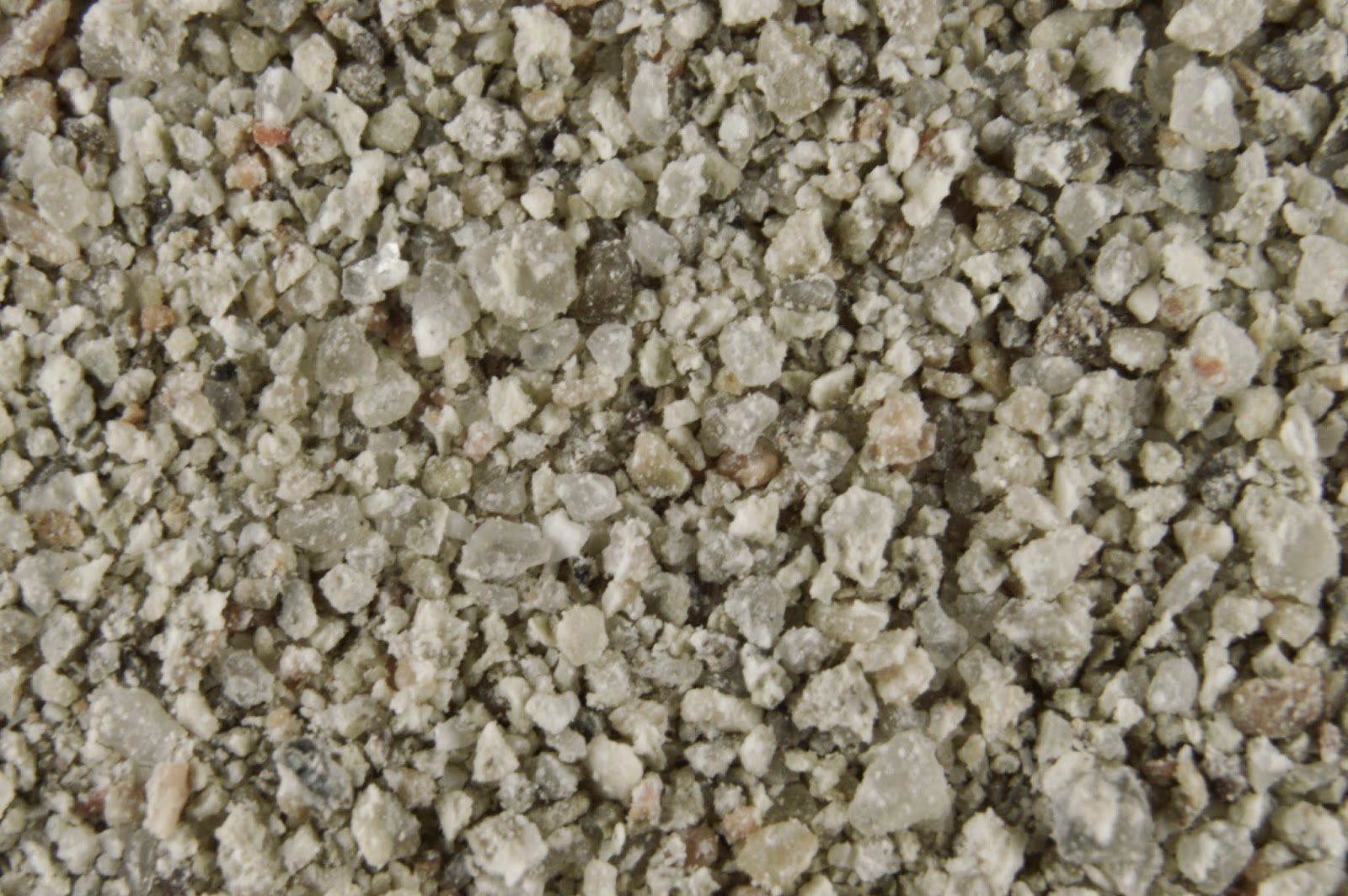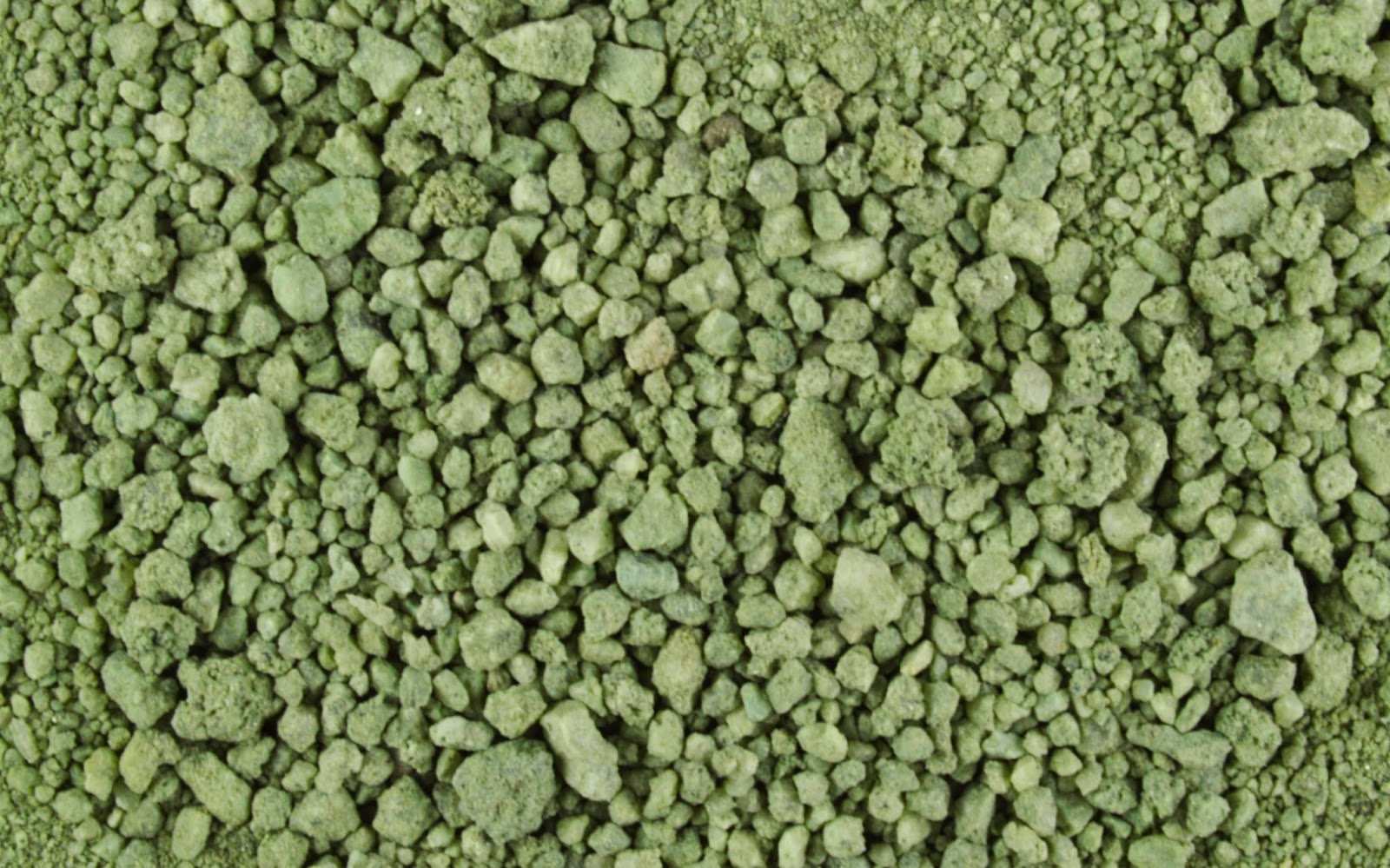One of my hobbies has been to collect sand. That may sound boring, after all it's just tiny rocks. But I enjoy gathering it because it is in every country on earth so its easy to find and it costs nothing to collect. All you need is a way to get there and a small container to put it in. Hummm, actually that can be quite expensive if you collect it personally. Instead I trade samples with collectors in other countries. Compared to many my collection is quite small. It's only 40 because I only collect samples with unique characteristics.
The first thing I consider is the location that it came from. I think it's cool to have sand from remote places like Tasmania or Santorini clear on the other side of the world. How about magnetic ash from an out-of-this-world burned up asteroid or river sand from deep in the Amazon Basin?
The next consideration is color. When I started to pay attention I found sand has an amazing variety of colors. Check out the photos and you will see what I mean; from black to white, pink to red, yellows and greens and even blue.
To me the real prize is in the ingredients. Using a magnifier to look at the grains I can interpret where it came from; is it sedimentary, metamorphic or igneous. The shape can tell how old it is, if angular then it is young and if it is rounded it may be from deep time billions of years old. It's color, shape and weight all mean something. Sometimes it is even magnetic.
The International Sand Collectors Society is a group of serious arenophiles (sand collectors) that collect and trade sands globally through the Internet. They have a website where anyone can join for just $12 per year. With membership you gain access to sand lists that others are willing to trade. For this reason it is important to gather a significant quantity of sands for trade purposes that others might find desirable. My series of sands from the Painted Desert has been my most popular commodity.
Samples 1 - 10 are all from the Chinle formation of the Painted Desert north of Cameron, Arizona. These ten are my trade sands which have been extremely popular with collectors in Europe.
SAMPLE 1
Painted Desert Red, Arizona
Originally deposited as volcanic ash 250 mya in a shallow lake environment. In time the ash decomposed into smaller particles of benotite
clay. When wet it becomes slimy and hardens into larger lumps as it dries. The red color comes from iron oxide.
SAMPLE 2
Painted Desert Pink, Arizona
Originally deposited as volcanic ash 250 mya in a shallow lake environment. In time the ash decomposed into smaller particles of benotite clay. When wet it becomes slimy and hardens into larger lumps as it dries. The pink color comes from iron oxide.
SAMPLE 3
Painted Desert Brown, Arizona
Originally deposited as volcanic ash 250 mya in a shallow lake environment. In time the ash decomposed into smaller particles of benotite clay. When wet it becomes slimy and hardens into larger lumps as it dries. The brown color comes from magnesium oxide.
SAMPLE 4
Painted Desert Olive, Arizona
Originally deposited as volcanic ash 250 mya in a shallow lake environment. In time the ash decomposed into smaller particles of benotite clay. When wet it becomes slimy and hardens into larger lumps as it dries. The olive color comes from magnesium oxide.
SAMPLE 5
Painted Desert Black, Arizona
Originally deposited as volcanic ash 250 mya in a shallow lake environment. In time the ash decomposed into smaller particles of benotite clay. When wet it becomes slimy and hardens into larger lumps as it dries. The black color comes from magnesium oxide.
SAMPLE 6
Painted Desert White, Arizona
Lake deposit gypsum. Petrified wood is often found in this layer.
SAMPLE 7
Painted Desert Yellow, Arizona
Lake deposit gypsum then stained with iron oxide.
SAMPLE 8
Painted Desert Lavender, Arizona
Originally deposited as volcanic ash 250 mya in a shallow lake environment. In time the ash decomposed into smaller particles of benotite clay. When wet it becomes slimy and hardens into larger lumps as it dries. The lavender color comes from carbon.
SAMPLE 9
Painted Desert Blue, Arizona
Originally deposited as volcanic ash 250 mya in a shallow lake environment. In time the ash decomposed into smaller particles of benotite clay. When wet it becomes slimy and hardens into larger lumps as it dries. The blue color comes from carbon.
SAMPLE 10
Painted Desert Green, Arizona
Originally deposited as volcanic ash 250 mya in a shallow lake environment. In time the ash decomposed into smaller particles of benotite clay. When wet it becomes slimy and hardens into larger lumps as it dries. The green color comes from carbon.
SAMPLE 11
Rainbow Basin, Barstow, California
Altered volcanic ash into bentonite clay.
SAMPLE 12
Page, Copper Mine Road, Arizona
Malachite copper precipitated into very old rounded silica sand.
SAMPLE 13
Corsica, France
Serpentine (metamorphic olivine)
SAMPLE 14
Papakolea Beach, South Point, Hawaii
Mostly olivine and black basalt lava.
SAMPLE 15
White Sands, New Mexico
Gypsum aeolian dunes.
SAMPLE 16
Red Hill Pass, Fairplay, Colorado
Pink Quartz
SAMPLE 17
Laramie, Wyoming
Orange Quartz
SAMPLE 18
Valley of Fire, Mouses Tank, Nevada
Red quartz
SAMPLE 19
Ayers Rock, Australia
Very old granitic particles
SAMPLE 20
Monument Valley, Utah
Red Quartz
SAMPLE 21
Kanab Creek north of Kanab, Utah
Ooids with iron oxide precipitated around granitic particles.
SAMPLE 21 with back light
SAMPLE 22
Salt River Canyon & Highway 77/60
Diabase dike of gabbro & olivine.
SAMPLE 23
Maastricht, Netherands
Chalk quarry where several Mosasaur fossils were found in 1764. The 59 foot
Cretaceous marine reptile was the first to seriously challenge religious dogma.
SAMPLE 24
Vernal, Highway 191, Utah
Yellow Quartz
SAMPLE 25
Napo River, Amazon Basin, Ecuador
Volcanic material that has washed out of the Andes Mountains.
The overall greenish tint is from olivine.
SAMPLE 26
Kilauea Lava Flow, Pacific Ocean, Hawaii
3 hours old when collected on 10-18-1989.
Obsidian with olivine crystals
SAMPLE 26 with back light
SAMPLE 27
Blue Lagoon, Iceland
Silica & sulfur precipitate.
SAMPLE 28
Glass Beach, Port Allen, Hawaii
Fragments of wave polished broken glass, shells, coral and even aluminum.
SAMPLE 29
Vanua Levu Island, Fiji,
Organic particles of crinoids, shells and coral.
SAMPLE 30
Hoshizuna Beach, Okinawa, Japan
Star sand, the exoskeletons of foraminifera.
SAMPLE 30 closeup
I found this in a vile at a Goodwill store. The angular green particles
are contaminates added as filler that stained the forams green.
SAMPLE 31
Guadeloupe Island, Caribbean Sea
Shell fragments and organisms.
SAMPLE 32
Minas Gerais, Brazil, South America
From a mining district.
SAMPLE 33
Geraldton, Australia
Red Garnet
SAMPLE 33 with back light
SAMPLE 34
Pura Tanah Lot, Bali, Indonesia
Magnetic Sand
60% magnetite, olivine, quartz & shell fragments.
SAMPLE 34 with back light
SAMPLE 35
Great Salt Lake, Utah
Ooids. Calcium carbonate formed around
a nucleus by warm gentle wave action.
SAMPLE 36
Joulter Cays, Andros Island, Bahamas
Salt water ooids of calcium carbonate.
SAMPLE 37
Bicheno Beach, Tasmania Island, Australia
White Quartz and black volcanics
SAMPLE 38
Diablo Canyon, Arizona
Magnetic asteroid ash from the Barringer meteor.
SAMPLE 39
Houghton, Michigan
Copper mine smelter slag.
SAMPLE 40
Cerro Sapo, Bolivia, South America
Sodalite from an ancient Aztec mine.














































No comments:
Post a Comment